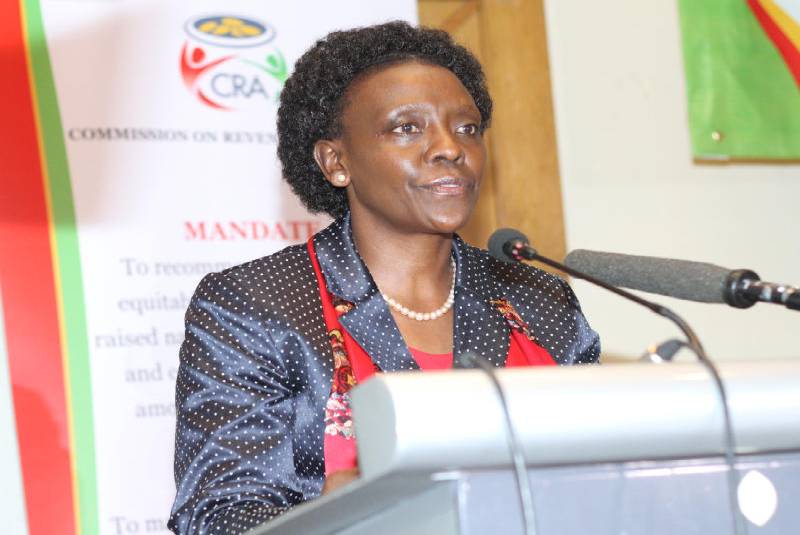×
The Standard e-Paper
Fearless, Trusted News

Dr Jane Kiringai,Commission Revenue Allocation (CRA) Chairperson makes her address during the lunch of the 2nd Policy and Criteria for Sharing Revenue among the marginalised areas and CRA Strategic plan at the Hotel Intercontinental,Nairobi. [Photo: Elvis Ogina.Standard] .
Money allocated to marginalised counties has been slashed in a new revenue sharing formula unveiled by the Commission on Revenue Allocation (CRA) yesterday.